Have you ever come home to find your dog sitting sheepishly beside a shredded pillow or, worse, the remains of your favorite couch? The look on their face seems to scream, “I’m sorry!”—but is that really what’s going on inside their furry heads? For most dog owners, these moments are full of mixed emotions: shock, frustration, and sometimes even laughter at how “guilty” your pup appears. But beneath those droopy eyes and lowered ears, is there genuine guilt—like humans feel—or is something else at play? Let’s dive into the science, the stories, and the surprising truth behind what your dog’s behavior really means when the furniture becomes a chew toy.
Reading the “Guilty” Look: What Do We Actually See?
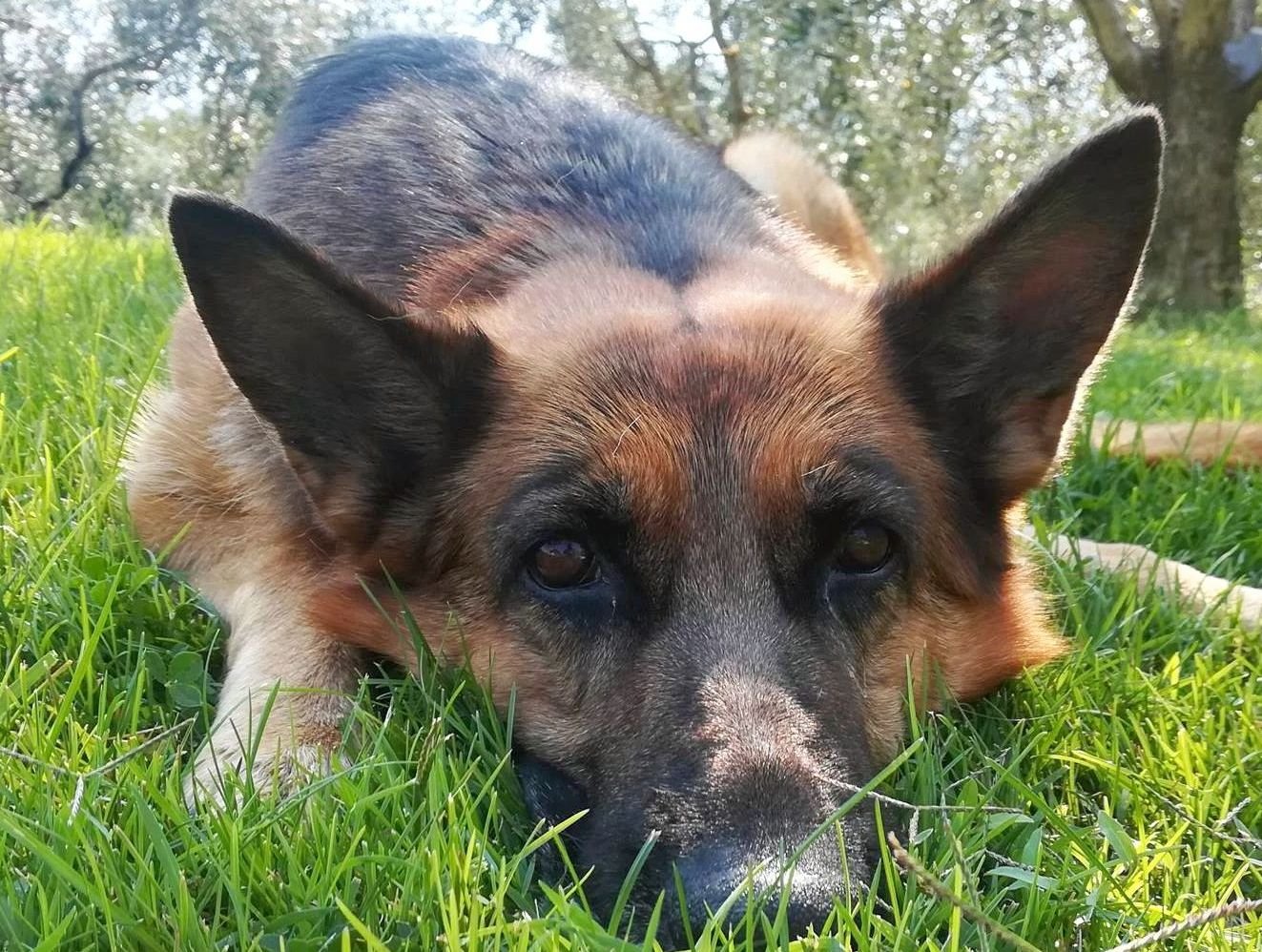
When your dog meets you at the door with tail tucked and head down, it’s easy to believe they know exactly what they’ve done. These classic “guilty” signals tug at our hearts, making us think our dogs feel remorse. But what we interpret as guilt might simply be a response to our body language. Dogs are experts at reading human emotions, and they quickly learn how to react to our anger or disappointment. It’s possible that their so-called guilty look is less about their feelings and more about anticipating ours. This fascinating dance between dog and human often leads to misunderstandings, but it’s rooted in the deep bond we share. The next time you see those sad puppy eyes, remember: you might just be looking in a mirror of your own emotions.
The Science of Canine Emotions: What Do Dogs Actually Feel?
Scientists have long debated which emotions dogs are capable of experiencing. While it’s clear that dogs feel joy, fear, excitement, and even jealousy, guilt is a trickier emotion to pin down. Guilt, as we understand it, involves not only knowing you’ve done something wrong but also reflecting on your actions and their moral consequences. Most research suggests that dogs operate more on instinct and learned behavior rather than moral reasoning. This doesn’t mean they’re emotionless; in fact, their emotional lives are rich and complex, but perhaps not quite as human-like as we often imagine. The idea of guilt might be more of a projection from us than a reality for them.
The Power of Conditioning: Why Dogs React to Our Anger
Much of what we see as guilt in dogs can be explained by conditioning. Dogs quickly learn which behaviors get them praise and which bring out our angry voice. Over time, they associate certain cues—like your tense posture or raised voice—with the possibility of punishment or scolding. As a result, when they see you coming home to a mess, they might hang their head or avoid eye contact because they expect a negative reaction. This is classic operant conditioning at work, not a sign of moral reckoning. It’s similar to how a child might act sheepish after spilling juice, not because they deeply regret it, but because they know they’ll get in trouble.
Real-Life Tales: Owners Swear Their Dogs Apologize
Ask any dog owner, and you’ll hear stories that seem to defy science. There’s the Labrador who brought his owner a chewed-up shoe with a mournful whine, or the terrier who hid under the bed after a kitchen disaster. These anecdotes are powerful and make us want to believe our dogs really do feel sorry. But even the most convincing stories often have a simpler explanation rooted in behavior and learning. Dogs respond to our cues and emotions, sometimes so perfectly that it feels as if they’re apologizing. While these moments are touching and unforgettable, they don’t necessarily prove guilt as we know it.
Body Language Breakdown: Signs Mistaken for Guilt
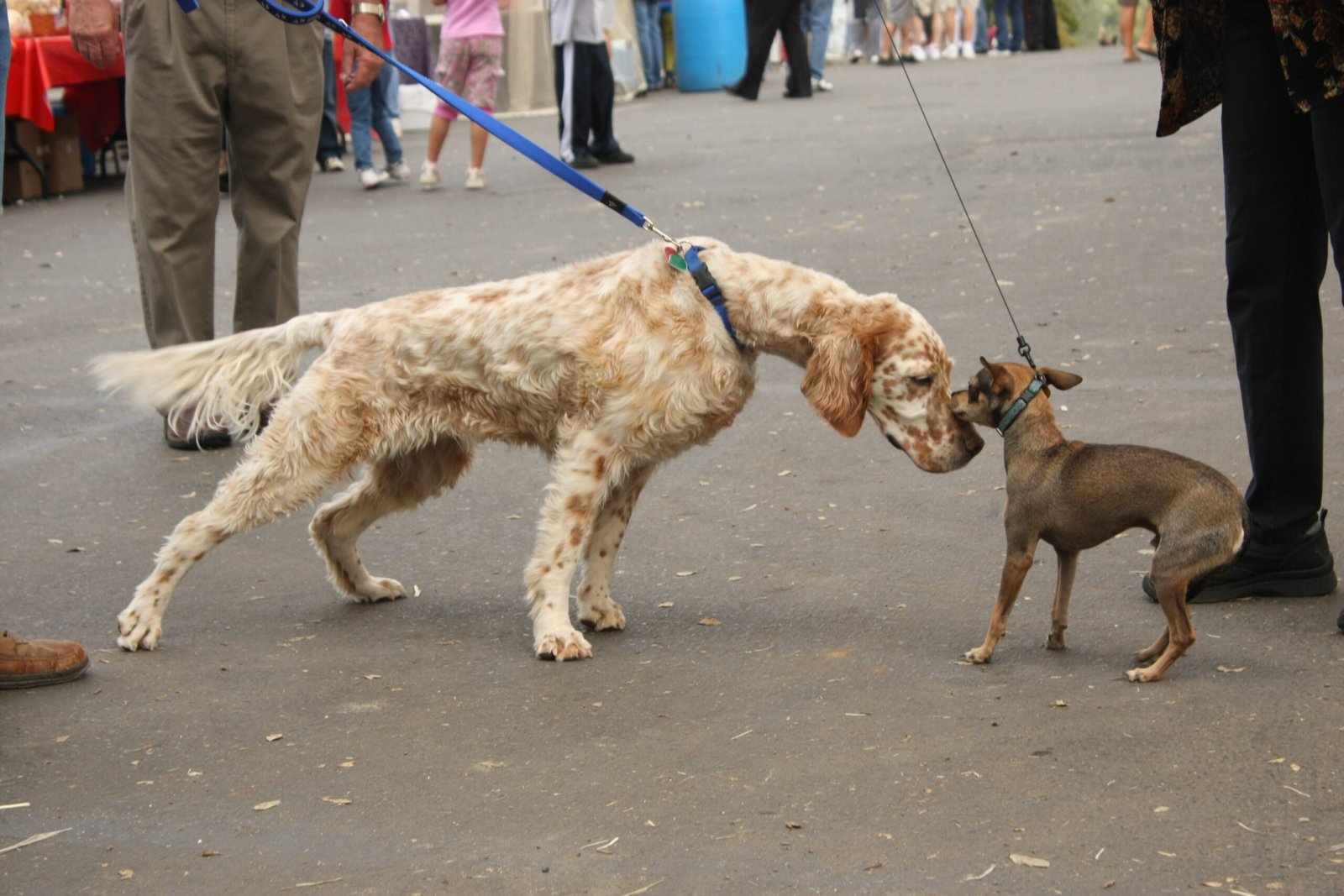
Dog behaviorists have cataloged a range of body signals that people often misread as guilt. These include avoiding eye contact, crouching, tucking the tail, licking lips, and even rolling onto their back. In reality, these are signs of appeasement or submission, ways for dogs to communicate, “Please don’t be mad.” Such signals are hardwired into dogs as social animals, helping to smooth over conflicts and maintain peace in their pack—whether that pack is made up of dogs or humans. Next time you see these behaviors, remember they’re more about diffusing tension than confessing wrongdoing.
The Role of Timing: Dogs Live in the Moment
One of the most important things to understand about dogs is their sense of time. Dogs live almost entirely in the present. If you come home hours after the couch has been destroyed, your dog doesn’t connect your anger to their earlier actions. Instead, they react to your current mood and body language. This makes it nearly impossible for them to feel guilt as humans do, since guilt involves reflecting on the past. For dogs, the world is all about what’s happening right now—a lesson many of us could probably learn from our pets.
Canine Cognition: How Smart Are Dogs?
Dogs are incredibly smart, but their intelligence is different from our own. Studies show that dogs can solve problems, follow complex commands, and even learn hundreds of words. Yet, their understanding of right and wrong isn’t moral in the human sense. Instead, dogs learn through consequences and repetition. They know which actions make you happy and which lead to scolding, but this knowledge isn’t the same as feeling guilty. Their intelligence is practical, rooted in survival and social harmony. This doesn’t make them less amazing—in fact, their adaptability is one of their greatest strengths.
Anthropomorphism: Why We Project Human Emotions
It’s natural for us to see our dogs as little furry people. This tendency, called anthropomorphism, helps explain why we attribute guilt, shame, or even pride to our pets. We want to connect with them on a deeper level, so we use the language of human emotions to describe their actions. While this can make our bond stronger, it also leads to misunderstandings. Recognizing the difference between real canine emotions and our projections helps us be better, more empathetic dog owners.
The Evolutionary Perspective: Survival and Social Signals
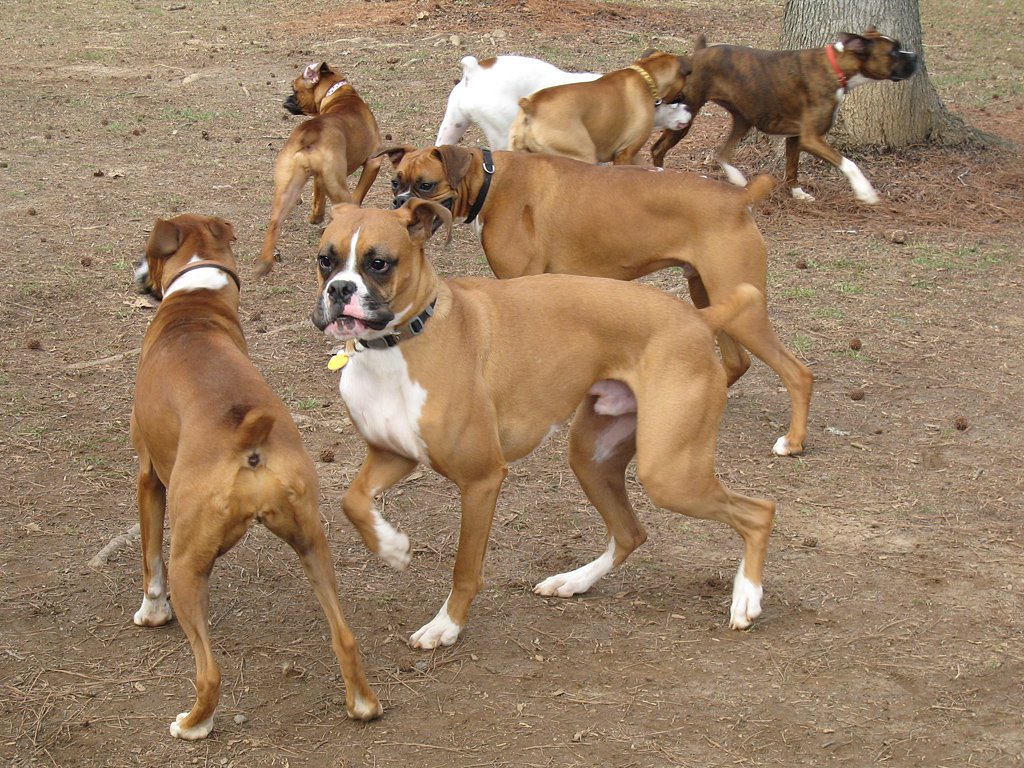
From an evolutionary standpoint, dogs developed certain behaviors to fit into social groups—first with other dogs, then with humans. Appeasement signals, like the ones we mistake for guilt, helped early dogs avoid conflict with more dominant pack members. These behaviors became even more pronounced as dogs became our companions, learning to read and respond to human emotions. In this way, what we see as “guilt” is actually a survival tool, finely tuned over thousands of years of living alongside us.
Can Dogs Experience Regret?
Some researchers argue that while dogs may not feel guilt, they could experience a form of regret. For instance, a dog might appear sad or subdued after being scolded, especially if this means no treats or playtime. However, this reaction is more about missing out on something positive than reflecting on their own bad behavior. Regret in dogs seems to be tied to immediate consequences, not moral awareness. Still, it’s a fascinating glimpse into how dogs process the world around them.
Training and Discipline: How to Respond to Destructive Behavior
Understanding what your dog’s behavior really means is crucial for effective training. Punishing a dog after the fact rarely works, since they don’t connect your anger to their earlier actions. Instead, focus on positive reinforcement—rewarding good behavior and redirecting bad habits in the moment. If you catch your pup in the act, a firm “no” and an alternative chew toy can work wonders. The goal is to help your dog understand what’s expected, not to make them feel bad.
The Importance of Mental and Physical Stimulation
One of the main reasons dogs chew up furniture is boredom or pent-up energy. Dogs need plenty of mental and physical stimulation to stay happy and healthy. Long walks, interactive toys, and challenging games can prevent destructive behavior before it starts. Think of it like childproofing your home—when you set your dog up for success, everyone wins. A tired dog is far less likely to turn your couch into confetti.
Separation Anxiety: When Chewing Is a Cry for Help
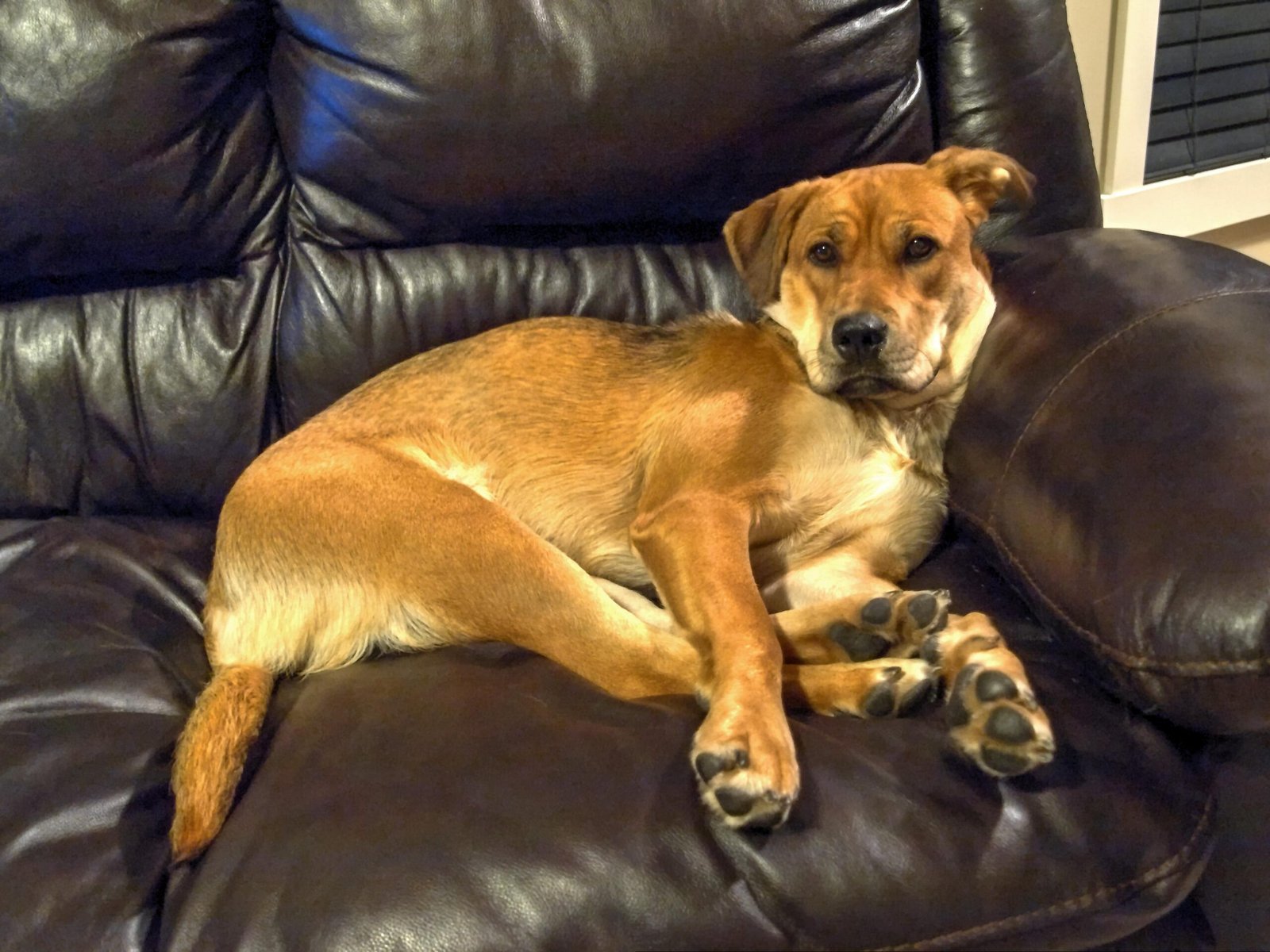
Sometimes, destructive chewing isn’t about boredom at all—it’s a symptom of separation anxiety. Dogs who panic when left alone may chew, dig, or bark excessively. These behaviors are their way of coping with stress and loneliness. If your dog’s destruction seems linked to your absence, consider solutions like crate training, calming music, or even professional help. Addressing the root cause can make all the difference for both you and your furry friend.
The Human-Canine Bond: Why We Care So Much
Our deep attachment to dogs makes their behavior feel personal. When they destroy something we love, it feels like a betrayal—even though it’s not meant that way. This emotional connection is what makes us so eager to believe in canine guilt. Dogs have an uncanny ability to tune into our moods and routines, making them feel like true family members. Understanding the science behind their actions doesn’t lessen our bond; if anything, it makes it richer and more authentic.
Moving Forward: Building Trust and Understanding
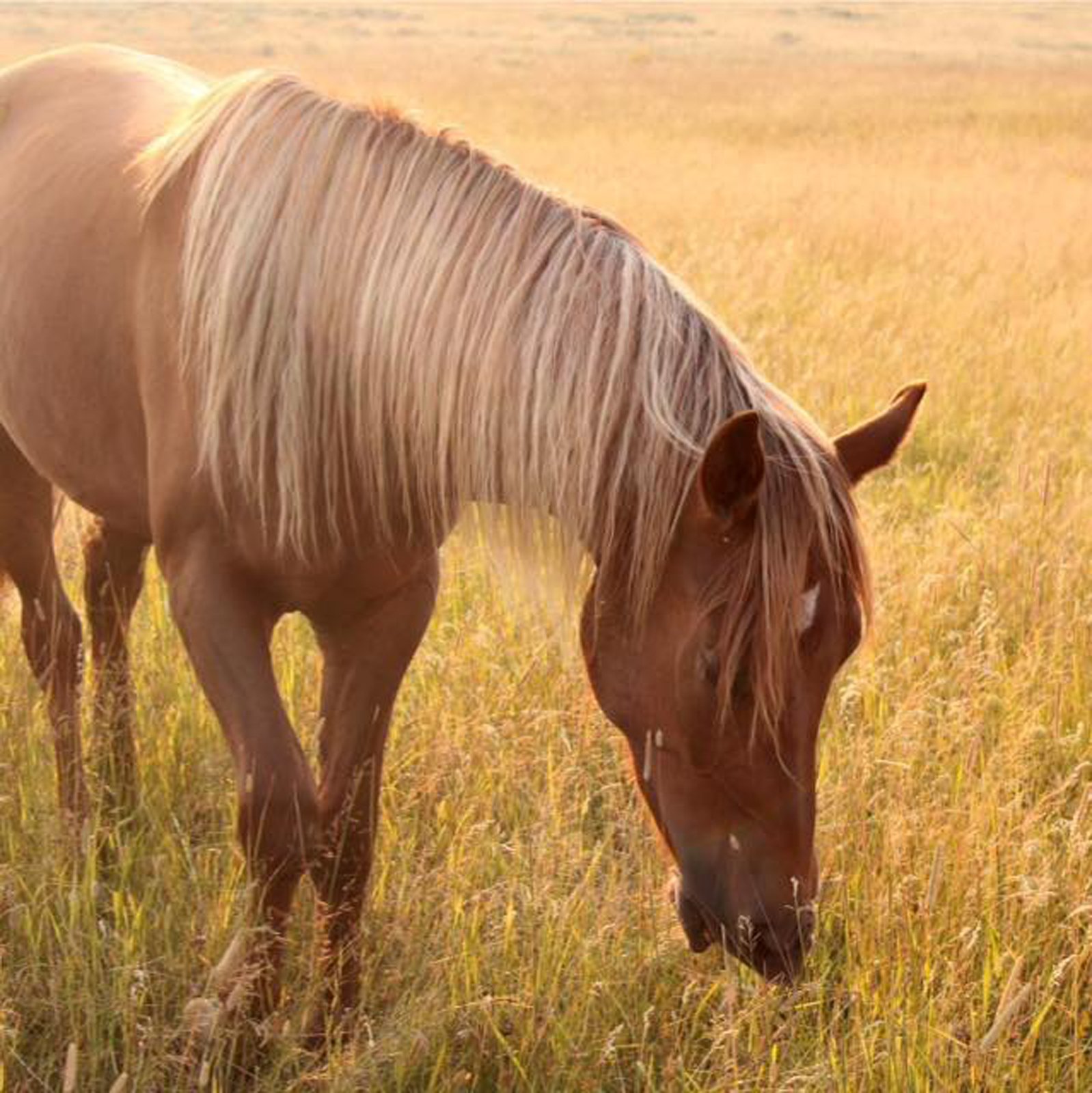
The next time you walk in on a scene of fluffy chaos, try to see it through your dog’s eyes. Instead of focusing on punishment, look for ways to strengthen your relationship and prevent future mishaps. Training, patience, and empathy go a long way. Remember, your dog isn’t trying to hurt you—they’re just being, well, a dog. Every chewed-up cushion is a chance to learn and grow together, building a bond that’s based on trust, not guilt.
A Call to Curiosity: How Will You See Your Dog Now?
We all want to believe our dogs are little people in fur coats, feeling remorse for every sock they shred. But the truth is more complex, more scientific—and, in its own way, more beautiful. By understanding what your dog’s behavior really means, you can deepen your connection, reduce frustration, and become a more compassionate companion. Next time you catch your pup eyeing the couch with suspicious intent, ask yourself: what’s really going on in that wagging tail and those soulful eyes?




